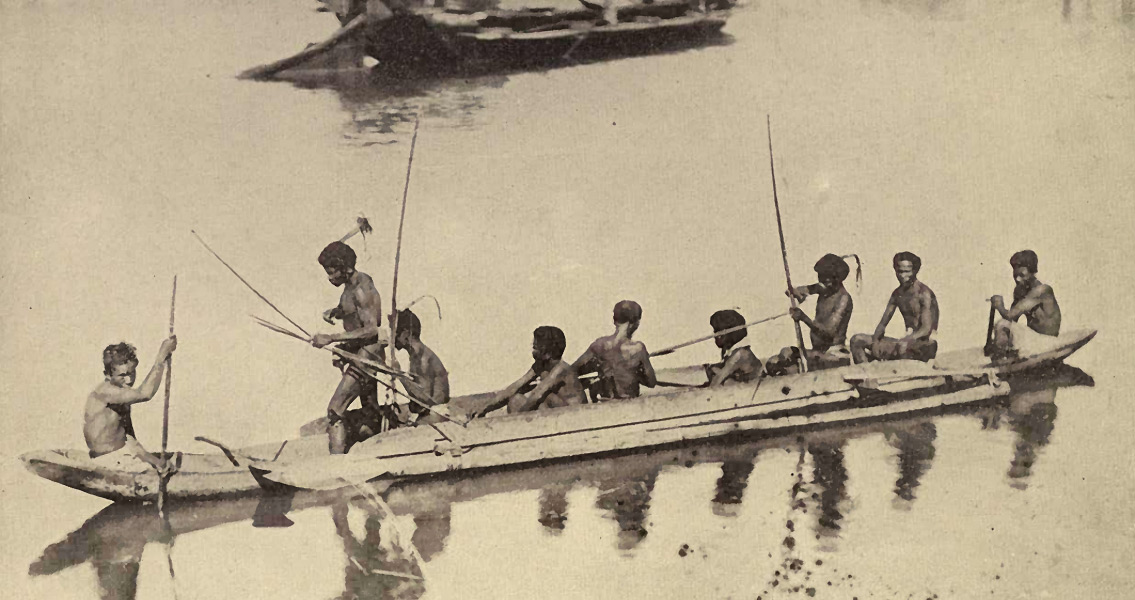<![CDATA[Long before social media arrived by way of tweets, snapchats and instagrams, social networks were built by humans to share something far more valuable than dancing babies, they were built and sustained to share food. New research is providing insight into the basic nature of human social organizations and reveals the surprising similarities between two hunter-gatherer groups: the Agta in the Philippines and the Mbendjele in the Republic of Congo. In both places, a three-tiered social network was maintained for the purpose of buffering the group against shortfalls in their day-to-day foraging efforts. "Previous research has suggested that social networks across human cultures are structured in similar ways," Mark Dyble, with University College London, is quoted as saying in Phys.org. "Across societies, there appear to be similar limits on the number of social relationships individuals are able to maintain, and many societies are said to have a 'multilevel' structure. Our work on contemporary hunter-gatherer groups sheds light on how this distinctive social structure may have benefited humans in our hunting-and-gathering past." Although earlier studies have identified similar social structures across hunter-gatherer societies, researchers claim this new work explores how hunter-gatherers' distinct social organization encourages cooperation for activities such as foraging and food sharing. "No other apes share food to the extent that humans do," Andrea Migliano, principal investigator for the Leverhulme Trust-funded Hunter-Gatherers Resilience Project, explains in Phys.org. "Hunter-gatherers' multi-level social structure exists in different groups, to help regulate these cooperative systems. Furthermore, multi-level social structures regulate social rules, friendship and kinship ties, and the spread of social norms, promoting more efficient sharing and cooperation. Sharing is a crucial adaptation to hunter-gatherers' lifestyles, central to their resilience—and central to the evolution of mankind." The Agta people live in Luzon, Philippines. Fish is their primary protein source, supplemented by hunting, honey collecting, inter-tidal foraging and gathering wild foods. The Mbendjele people live in an area that stretches from the Republic of Congo to the Central African Republic, where they hunt in the forest for meat. Both groups also trade their wild-caught fish or meat for cultivated foods, like manioc and rice. Dyble and Migliano, along with their colleagues, were able to collect data related to food sharing by living with each community, nine camps in total, for several months; observing how often individual families shared food with other families. From this data, they were able to construct the networks of food sharing. What the team's analysis shows is that despite the fact that they exist on different continents, within different ecologies, the social networks of the two hunter-gatherer groups are surprisingly similar, and in both instances food sharing and social organization are closely related. In both communities, individuals maintained a three-tiered social structure. First is their personal household, which most often consisted of five or six individuals, second is a small number of households with whom they’re closely related and share food with regularly, and third is the whole camp - a social network critical to the survival of hunter-gatherer groups. This research has been published in the journal Current Biology. ]]>
Social Networking Means Survival for Hunter-Gatherer Groups
